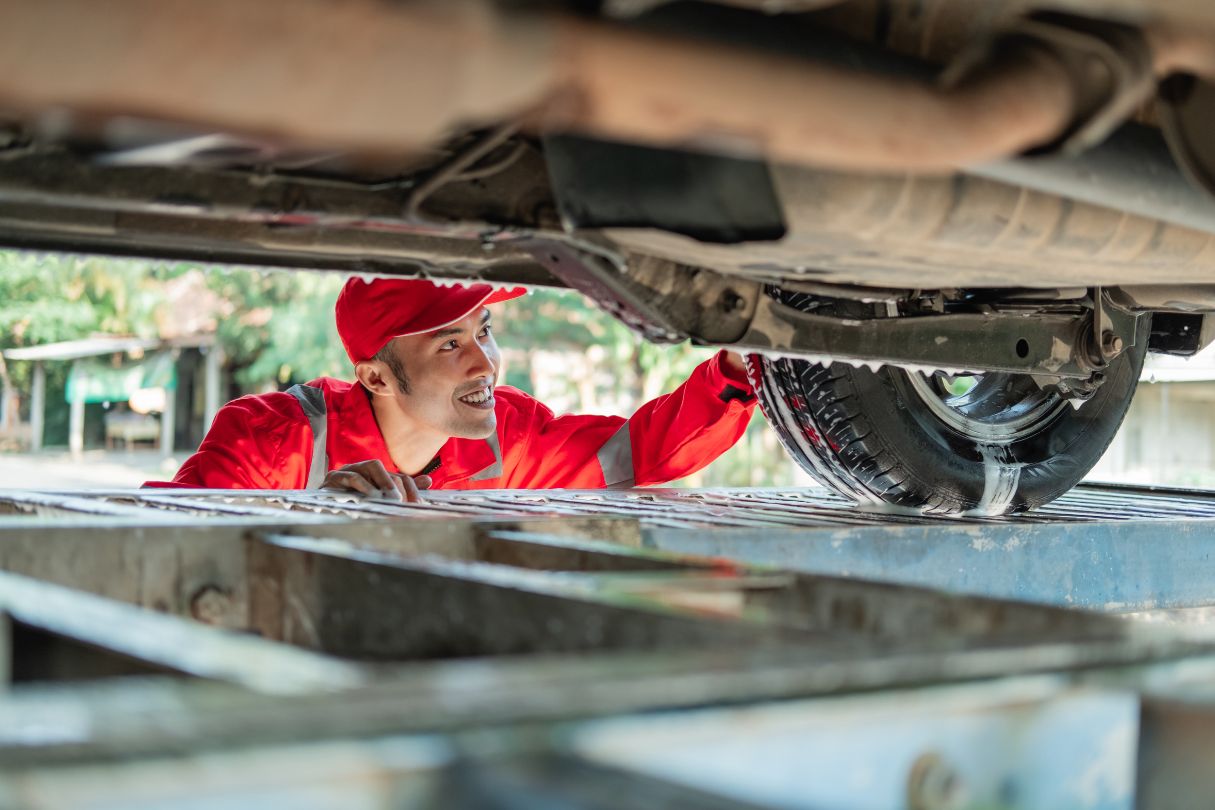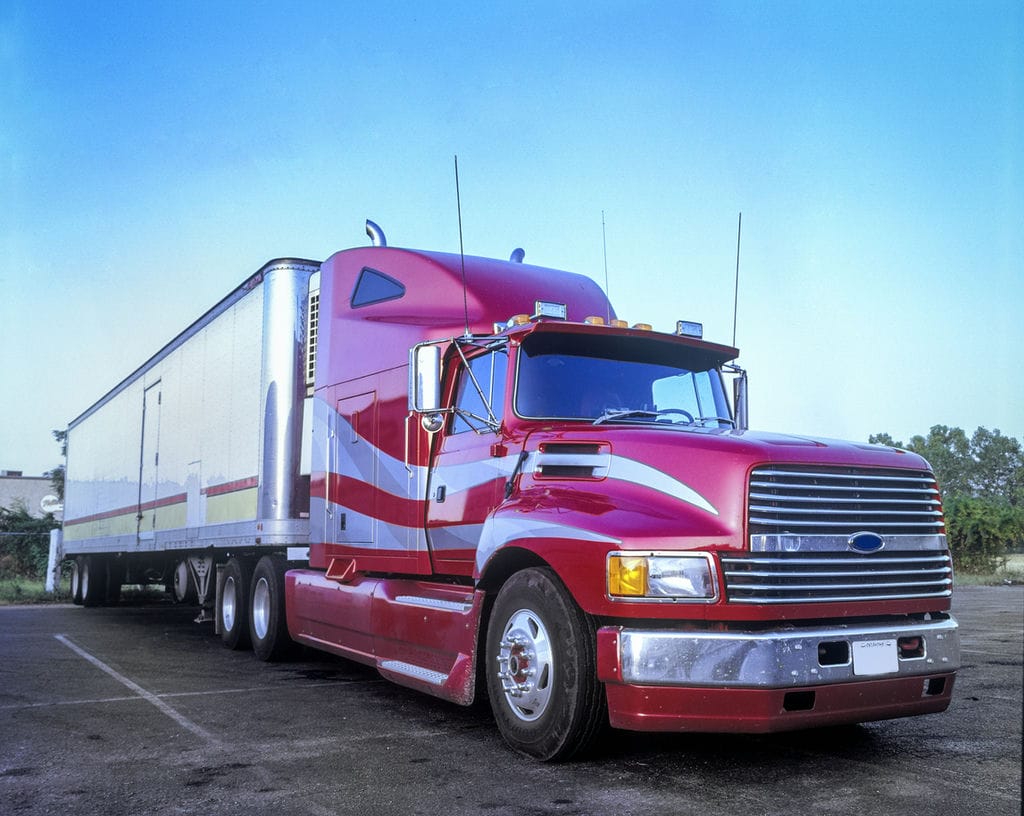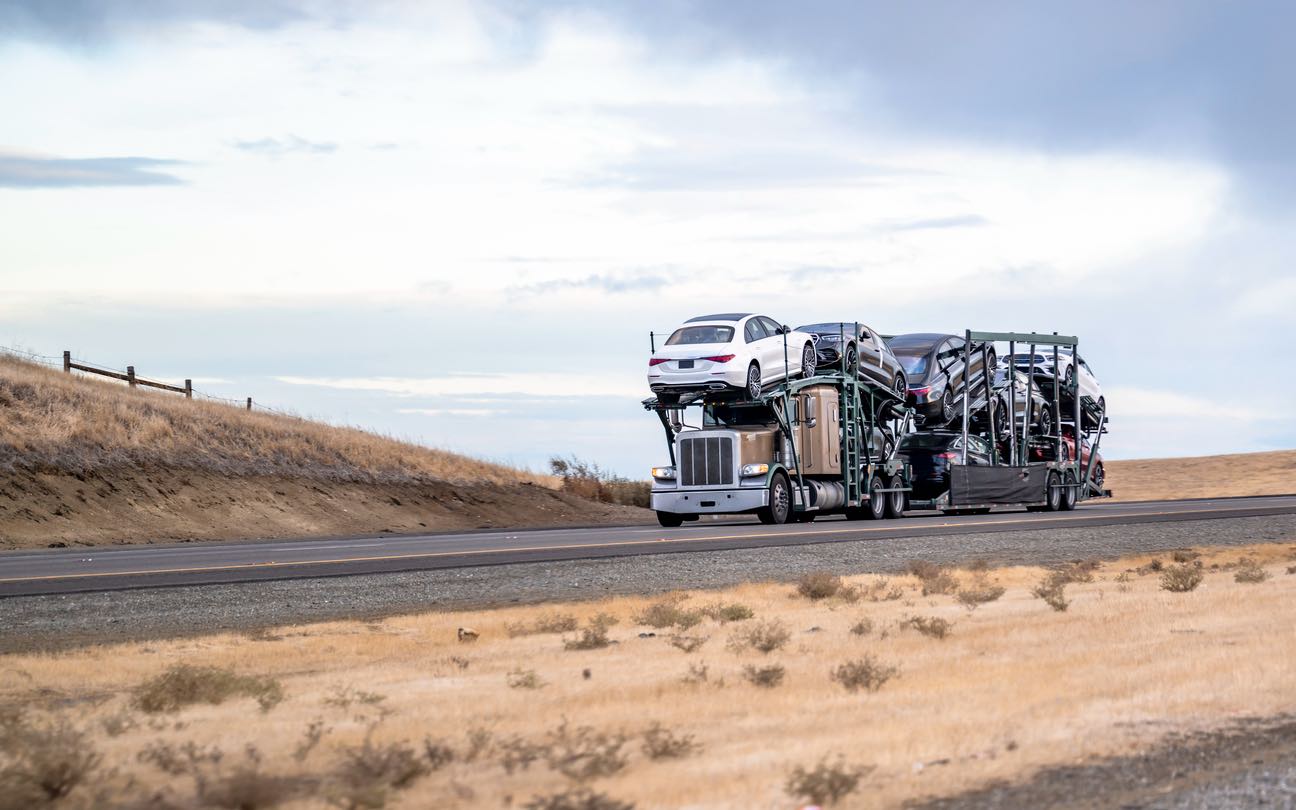Shipping a car to another person can be a complex undertaking, but with proper planning and preparation, it doesn’t have to be. In this article, we’ll provide tips and insights to help you navigate the shipping process easily and confidently.

When selecting a car shipping company, don’t settle for the first one you stumble upon. Instead, obtain quotes from multiple auto transport companies, as doing so can help you get bang for your buck. Typically, here’s the information you’ll be asked to provide to receive an accurate quote:
- Vehicle make, model, and year
- Pickup and delivery locations
- Your contact details
- Vehicle state (whether it’s drivable or undrivable)
- Pickup and delivery timeframes
- Shipment method
Once you receive quotes from multiple companies, don’t select the cheapest car shipping option just yet. Look for a company with positive reviews and ask friends, family, or colleagues for recommendations. Additionally, look for a company that’s insured and registered with the Federal Motor Carrier Safety Administration (FMCSA) for peace of mind.

Auto transport companies generally offer two shipping methods for domestic car shipments: Open carrier and enclosed carrier.
The open carrier or open transport method involves shipping cars on an open trailer. Since open carriers don’t have walls or roofs, vehicles shipped using this method are exposed to the elements during transit. However, open carriers are inexpensive, making them a good option for shipping used, everyday vehicles.
The enclosed carrier or enclosed transport method involves shipping cars on an enclosed trailer. Enclosed trailers offer vehicles better protection from the elements and debris during transit than open carriers. However, enclosed carriers are costlier than open carriers, making them better suited for shipping luxury or vintage cars that require maximum protection.

Before shipping the car, you must prepare it for shipment to ensure the shipment goes smoothly. Here are some key things you should do to prepare the car for shipping:
- Wash the car: While it may seem counterintuitive, wash the car’s interior and exterior. When the exterior is clean, you can easily spot dings, scratches, and other damage on the outside.
- Perform a visual inspection: Once the car’s exterior is spotless, inspect the exterior for any damage. While it’s unlikely the vehicle will get damaged during transit if you choose a reputable shipping company, it’s still advisable to note any damage before the shipment. This can prevent blame games if new damage occurs during transit. Also, take photographs to document the car’s condition.
- Remove valuable items: Vehicles shipped on carriers may shift during transit, damaging items. Additionally, items may be susceptible to theft. To protect valuable items from damage or theft, remove them from the vehicle.
- Deactivate alarms: Since vehicles shift during transit, they may trigger alarms if they aren’t disabled. Disable all alarms to prevent this.
- Check for fluid leaks: Fluids like brake fluid and engine coolant are flammable. As a result, drivers may refuse to ship vehicles with fluid leaks. Check for fluid leaks and have them fixed before the shipment.
- Check tire pressure: Check the tires aren’t over or under-inflated.
- Leave the gas tank to about ¼ to ⅛ full: Leave just enough gas in the fuel tank to allow the driver to drive it onto the carrier.
- Remove external accessories: Remove outdoor accessories such as luggage racks, bike clips, and side-view mirrors, as they could become easily detached during transit.
- Repair mechanical problems: Inoperable vehicles cost more to transport. If possible, repair any mechanical problems so the car is drivable to lower the shipping costs.

Once you’ve prepared the car for shipping, you’ll need to coordinate the delivery with the auto shipping company. Typically, most shipping companies will require you to provide the car keys, perform an inspection with the driver, and sign a bill of lading.
A bill of lading is a legally binding document that provides details about the shipment, such as the pickup and destination locations and the car’s condition before the delivery. In the event any damage occurs during transit, it will ensure you’re compensated. So, make sure everything on the bill of lading checks out before you hand over the car to the driver.
Once you dispatch the vehicle, contact the recipient of the car to ensure their availability to pick it up at the destination.
If you choose a reputable auto shipping company, it’s unlikely the vehicle will undergo any damage. Nonetheless, it’s advisable to exercise caution.
So, when the vehicle arrives at its destination, make sure the recipient inspects it for any damages compared to the pre-shipment condition. Send the recipient the photographs you took of the vehicle before shipping as a reference. If there are any damages, contact the auto transport company immediately. Promptly addressing any concerns will help resolve any disputes efficiently.
However, if the car is damage-free, the recipient can sign the bill of lading and allow the driver to depart.

It doesn’t have to be stressful to ship a vehicle to someone else. For a stress-free yet secure professional experience, heed these expert recommendations. Call (866) 821-4555 right away for stress-free car shipment.




